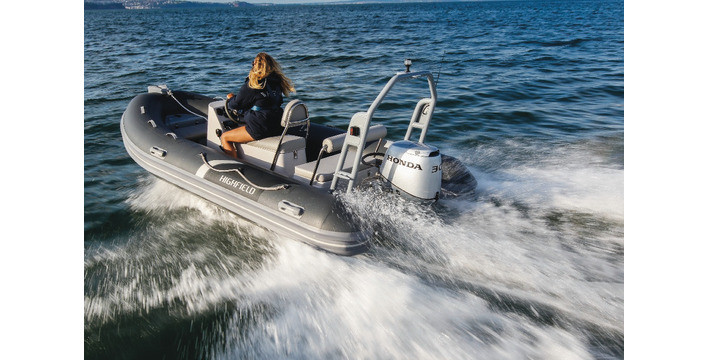
HONDA MID POWER RANGE
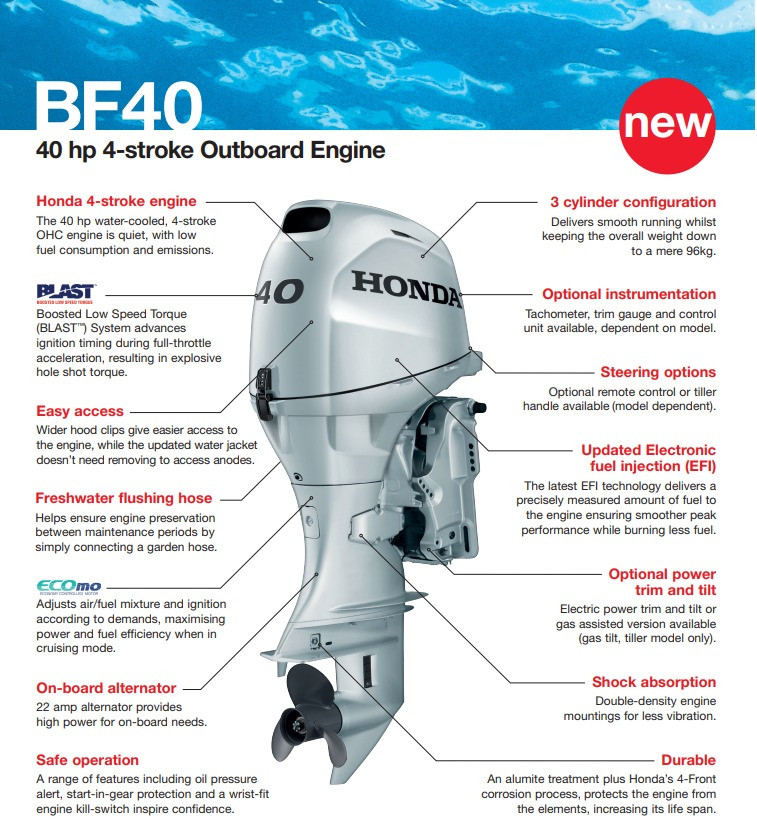
 |
|
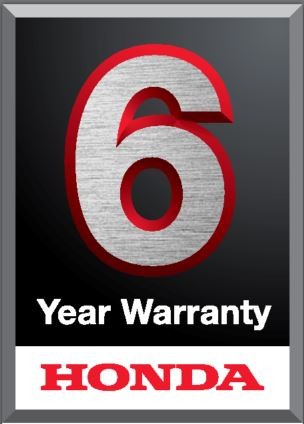 |
|
Quick links |
||
Honda Mid Range Benefits
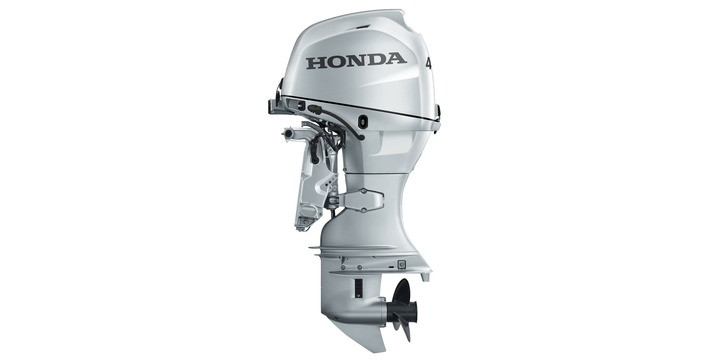
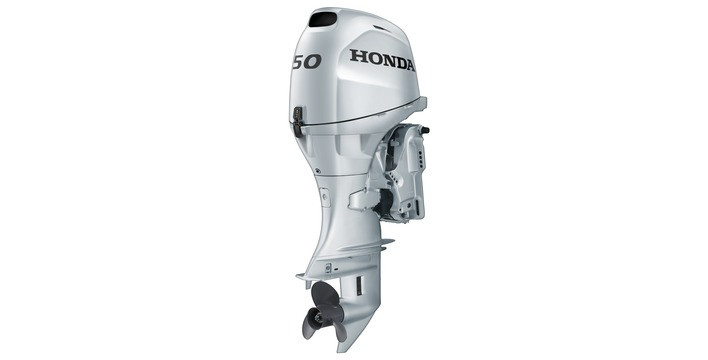
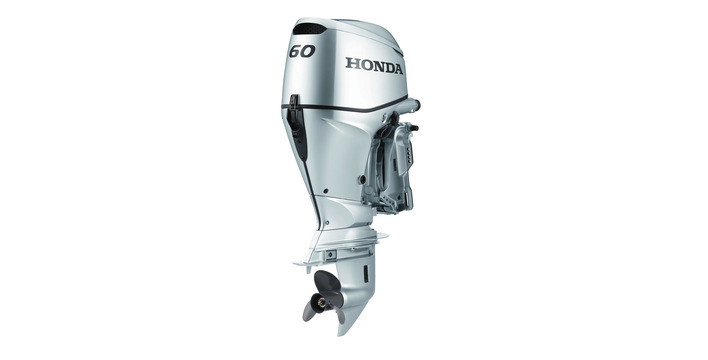
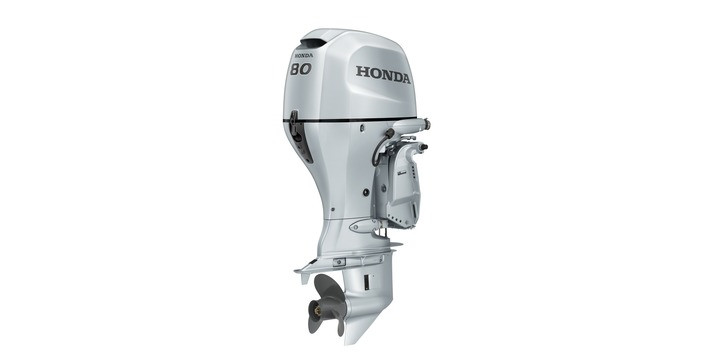
|
|
Blast BLAST is an air-fuel ratio linked ignition timing control designed to improve acceleration at low speed. BLAST advances the ignition timing to its maximum at the time of rapid acceleration at the same time the air/fuel ratio becomes richer to prevent knock. Torque is greatly increased. Benefit: Strong Acceleration and Hole Shot |
|
Lean Burn .Linear-Air Fuel (LAF), Oxygen (O2) Sensors located in the exhaust manifold measure the amount of oxygen in exhaust. These sensors then communicate with the ECM, which adjusts ignition and fuel flow for maximum efficiency. Thus, allowing combustion to operate on a leaner air-fuel mixture at cruising speed. Benefit: Superior Fuel Efficiency! |
 |
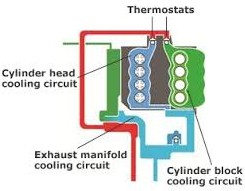 |
3 way cooling systems TWO THERMOSTATS: The 1st thermostat located on the cylinder head opens first to cool the combustion chambers. The 2nd thermostat located on the cylinder block opens next to cool the cylinder walls and maintain the block temperature. Benefit: Reliability and Superior Cooling |
|
NMEA NMEA 2000 protocols allow engine data to be interfaced with on-board systems and systems displays, such as sonar and GPS. With a Honda, you only need an interface cable to employ NMEA 2000 connectivity, no expensive gateway devices are necessary. |
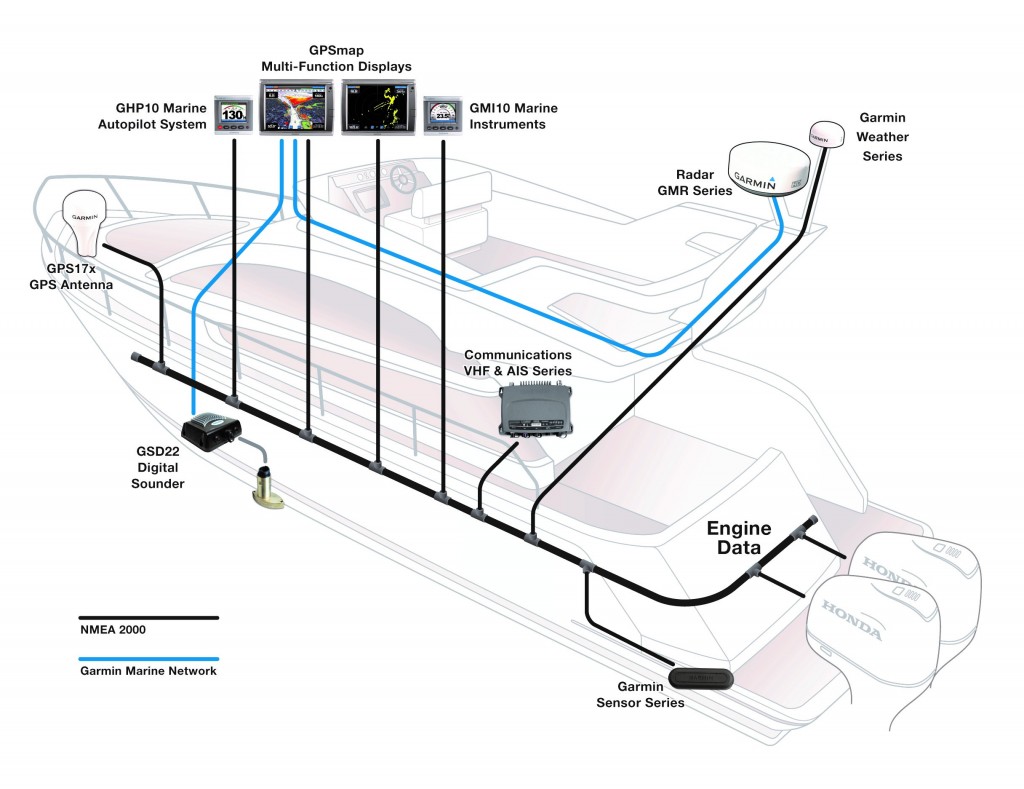 |
|
|
Trolling Control Trolling control, (known also as variable speed control) allows for accurate control of engine speeds between idle (650rpm) to 1000rpm (BF60/80A / BF100A). A dash mounted switch, allows the boat user to increase engine speeds in increments of 50rpm from between 650 rpm to 1000rpm, in a series of 8 controlled upward steps. Conversely, engine speed can be controlled in a downward direction by simply pressing the downward side of the dash mounted switch. |
|
High Capacity Charging High output alternators are used across the low and High HP range allowing further use of electronics. Some outboard manufacturers only advertise their total alternator output. This single piece of information can be incomplete and confusing. First, Honda measures alternator output at normal operating temperatures. A cool alternator simply produces more amps. Second, Honda advertises total amps and charging amps. The difference is; charging amps is the total amps minus the ignitions requirements. For example, an engine produces 27 amps in total; the ignition uses 5 amps, leaving 22 charging amps available to power accessories. Finally, if a manufacturer advertises a 50-amp system with 40 amps produced at 1000 rpm, do you know the charging amps at normal operating temperature? |
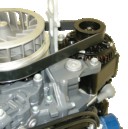 |
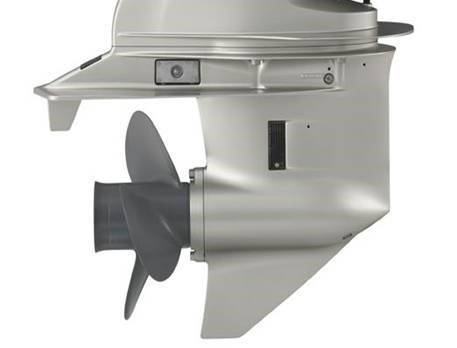 |
Gear Case Designed to get you going faster, these all new gear case reduces drag, eliminates hull porpoise and minimizes spray, thus increasing acceleration and top speed |